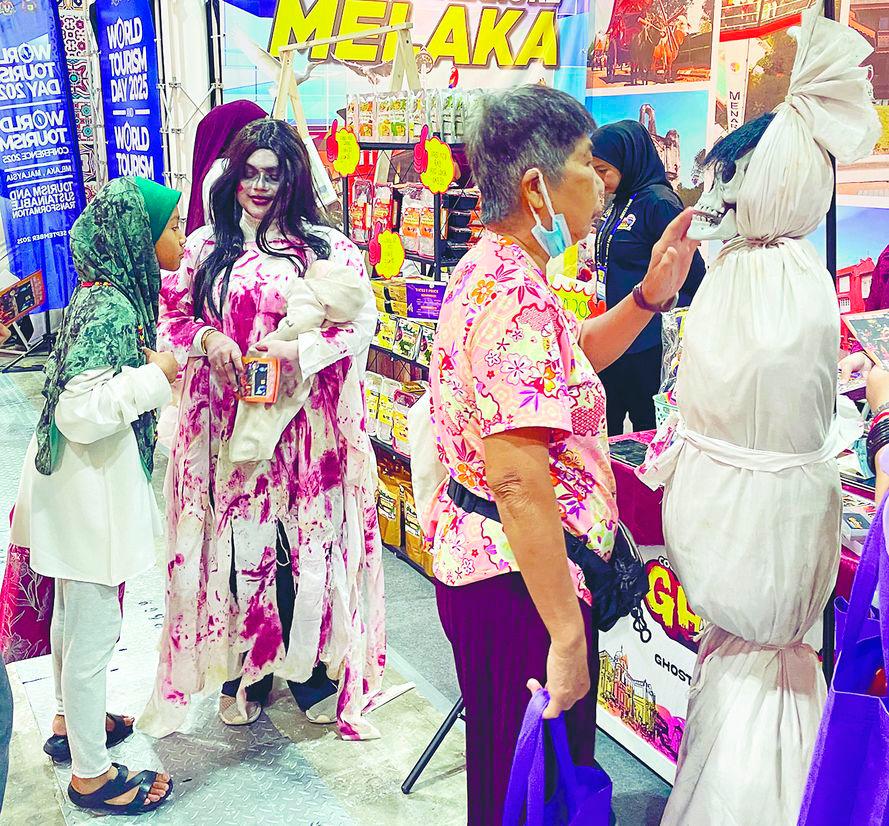PETALING JAYA: Malaysia is exploring a new frontier in tourism with the rising global interest in dark tourism – a niche segment that focuses on sites associated with tragedy, conflict and historical depth.
According to Tourism Malaysia’s data, there were over 20.14 million tourists and RM71.3 billion in tourism receipts in 2023. As such, the potential economic benefits of dark tourism are undeniable.
Tourism Malaysia director-general Datuk Manoharan Periasamy said dark tourism offers not just a sense of adventure but also serves as a platform to educate visitors about Malaysia’s rich historical and cultural heritage.
He said while paranormal tourism remains relatively underexplored, trends in cultural and heritage tourism indicate growing interest in immersive, story-driven travel experiences, particularly among younger generations like Gen Z.
“This aligns with the National Tourism Policy 2020–2030, which emphasises the importance of cultural and heritage-based tourism as a pillar for future growth.
“Malaysia lacks specific regulations governing dark tourism. However, existing laws such as the National Heritage Act 2005 protect historical sites, ensuring that promotional activities are conducted ethically and with cultural sensitivity,” he said.
Additionally, the Tourism Industry Act 1992 enforces responsible practices among tourism operators.
He said tour operators interested in developing dark tourism experiences must obtain approvals from local councils, heritage departments and law enforcement agencies, especially for activities like night tours, ghost hunts or paranormal investigations.
Manoharan stressed on the importance of site preservation and public safety. He also highlighted that private or abandoned properties require permission from landowners and relevant authorities before being marketed as attractions.
Tourism Malaysia has identified several locations with strong potential for dark tourism.
These include Bukit Kepong in Johor, which was the site of a deadly 1950 siege during the Malayan Emergency.
In Kedah, the Weng Communist Tunnel offers a glimpse into the conflict era.
The Sungai Buloh Leprosarium in Selangor was once the world’s second-largest leper colony.
Pulau Bidong in Terengganu housed Vietnamese refugees from 1978 to 2005. Ancient sites like Niah Caves and Gua Cha hold archaeological and cultural value.
The Crag Hotel in Penang, a colonial-era landmark, adds historical charm to Penang Hill.
The Penang War Museum, once a British fort, offers a sobering look into wartime history.
Pulau Jerejak, formerly a military base and quarantine station, is now a tourist destination with a layered past.
In Sabah, the Agnes Keith House in Sandakan portrays colonial life through preserved furniture and antiques, and is part of the Sandakan Heritage Trail.
Manoharan said when promoted responsibly, dark tourism not only preserves heritage but also enriches the travel experience.









